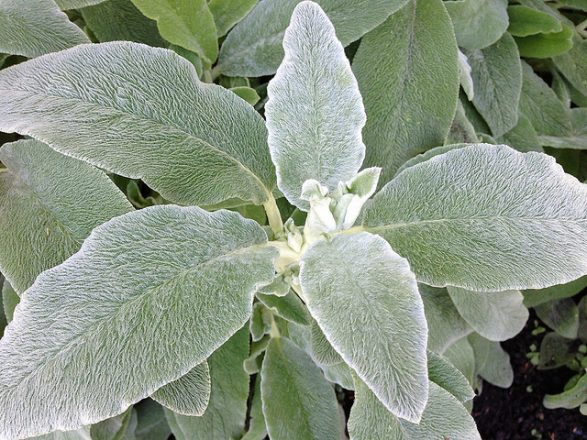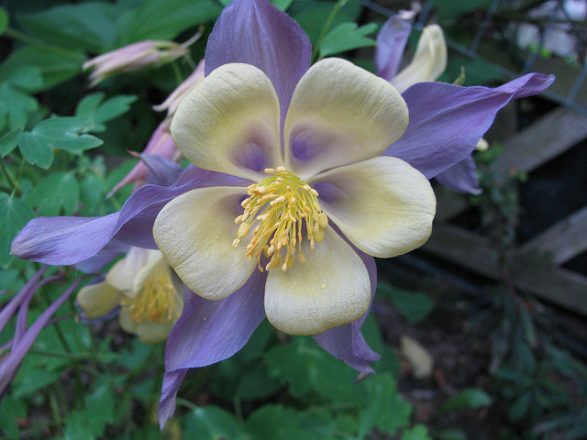
Gardeners primarily grow plants that appeal to sight and taste. We see a pretty, colorful plant and must purchase it. Ask any nursery owner how hard it is to sell summer and fall blooming perennials during the spring rush based on just their foliage.
Vegetable and fruit growers zero in on taste, with looks coming in a distant second.
This summer, expand your gardens to grow plants that activate the remaining three senses – touch, sound and smell.
What induces a person to reach out and touch something appears highly individualized. While soft and fuzzy appeals to one, sharp and spiky entices the next person. Is that thorn really as wicked as it looks? Ouch! Yes.
For softness, try some of the ornamental grasses with fuzzy, downy-plumed seed heads. Bunny tails (Lagurus ovatus) come to mind. Bunny tails, an annual in Illinois, requires a new plant each year, but many perennial grasses display soft seed heads. I like Sporobolus, which incorporates fuzzy seed heads with soft, ethereal leaves. Plants with fuzzy leaves, like lamb’s ears (Stachys byzantina), beg to be touched, as do pussy willows.
Choices abound for bringing sound into your yard. Harnessing the wind provides a lot of sound. It whistles through tree branches and rustles through dried plant stalks. Ask any farmer whose yard abuts a cornfield.
Try columbine (Aquilegia) for summer sound. When the seeds of this biennial plant dry, they rattle around in the dried seedpods, while held aloft on stiff stems.

The sound of babbling water pleases most people with the added benefit of masking traffic sounds and other noise pollution. You can purchase tabletop fountains for as little as $20. If you want room for a few aquatic plants, look for something a little larger.
Attracting wildlife to your landscape brings in additional sound. Choose plants for birds instead of rabbits because birds make pleasing sounds and seldom become pests the way rabbits do.
As a last resort, wind chimes bring sound into the garden, albeit non-natural. Be a considerate neighbor when placing them. Not everyone appreciates wind chimes, as some find them annoying and repetitive.
Incorporating scent into a garden revolves around selecting the best varieties for aroma and proper placement. Look for the older, original versions of plants instead of the modern hybridized varieties. The same plant hormone responsible for scent in flowers causes the flower to mature rapidly. In order to achieve a longer bloom display, breeders sacrificed aroma for a lengthy blast of color.
Luckily, plants release odor in more ways than through flowers. Some release volatile oils when disturbed. Many herbs fall into this category. Place thyme, rosemary and basil close to walkways so that brushing along them perfumes the air. Other plants simply exude a strong scent all on their own. Think pine and spruce trees.
This summer, turn your yard into a sensory paradise.
Ask the Expert
Q. I’ve heard I need to move my Amaryllis outside for the summer. Why? Does it go in sun or shade?
A. Choose at least half a day of sun, giving it a little fertilizer occasionally. Amaryllis, indeed all bulbs, need the energy of the sun to rejuvenate. The bulb stores that vigor until it’s needed next year.
Q. How often should I water my Boston fern?
A. You might water every three days to start, but by the end of summer when the plant and roots have tripled, it becomes a daily task.




